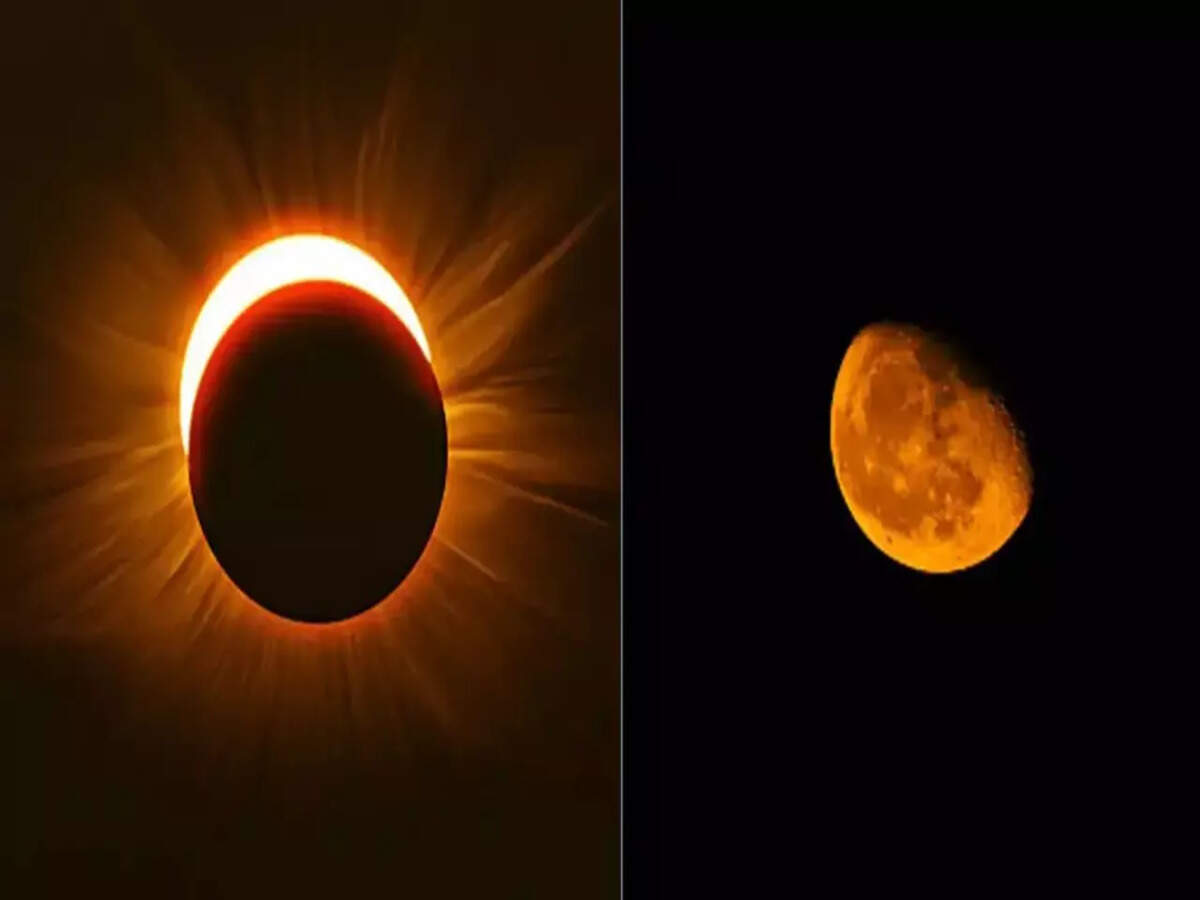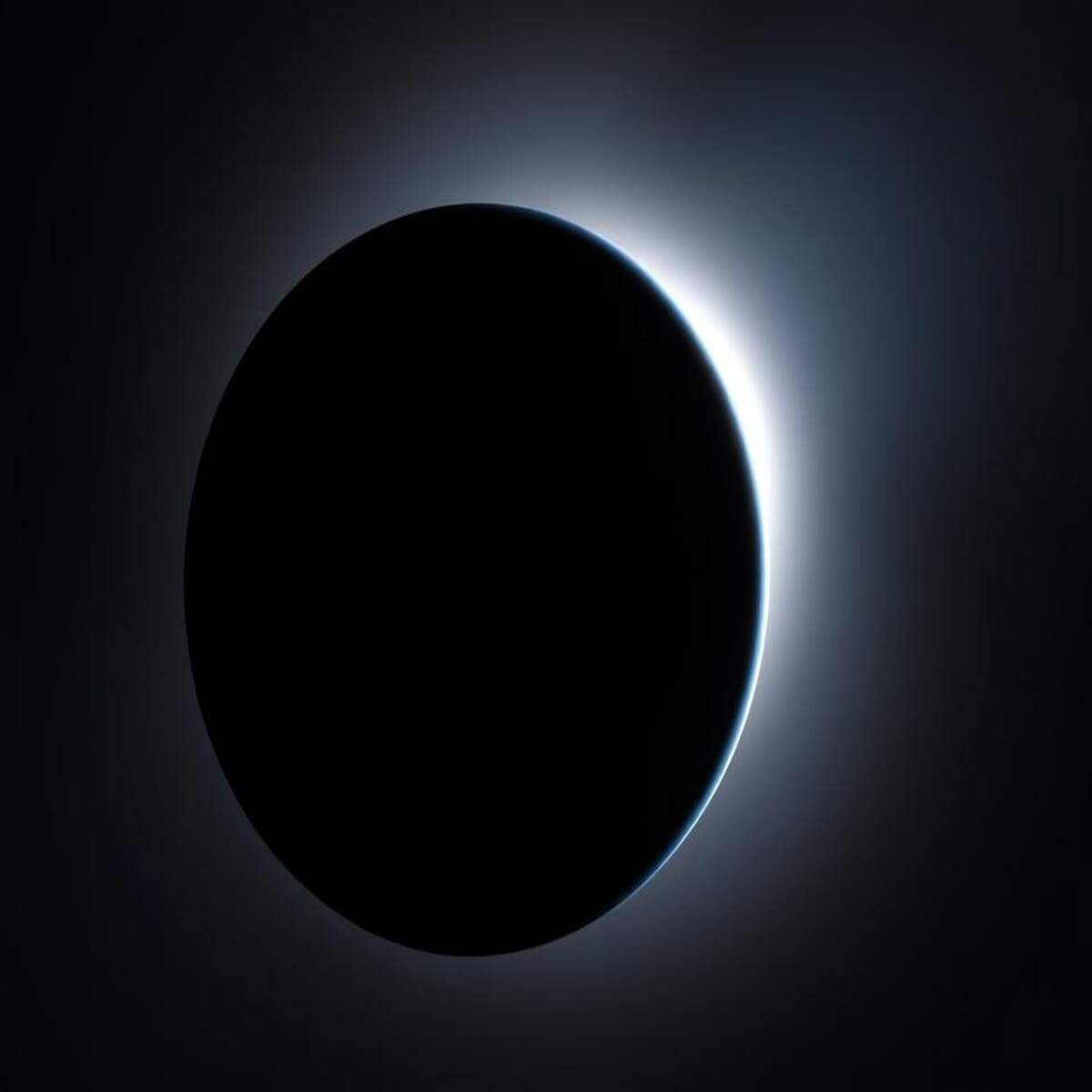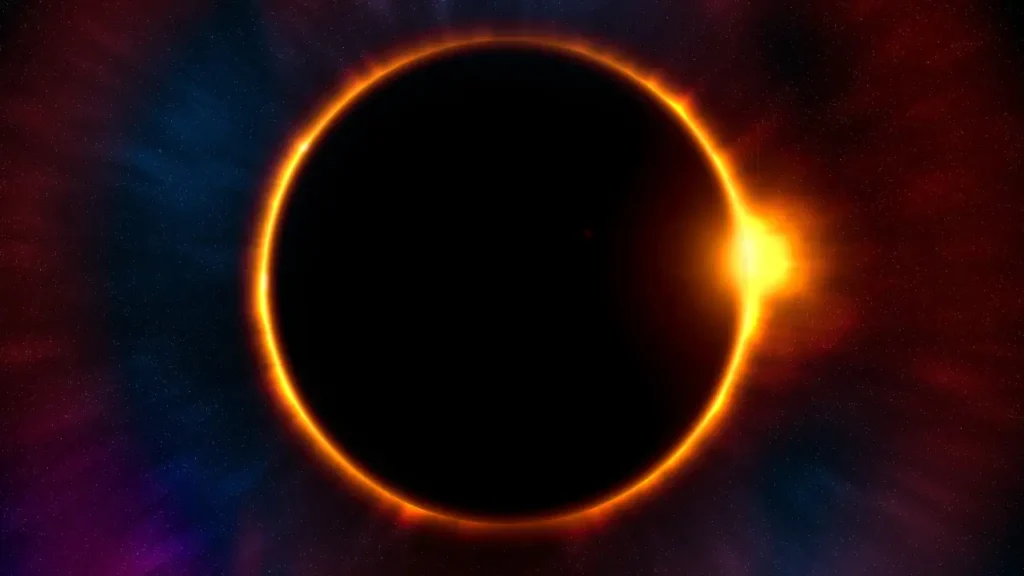Mark your calendars for August 2, 2025, as the world prepares to witness a rare cosmic spectacle—a total solar eclipse that will be one of the longest of the 21st century.
While full totality will darken skies over parts of Europe, North Africa, and the Middle East, India too will catch a partial glimpse of this celestial event, with 10–30% of the Sun obscured in states like Rajasthan, Gujarat, Maharashtra, and Goa between 4:00 PM and 6:00 PM IST.
What Makes This Eclipse So Special?
This eclipse occurs due to a perfect cosmic alignment:
The Moon will be at its closest point to Earth (perigee)
The Earth will be farthest from the Sun (aphelion)

The result? The Moon appears larger than usual and can completely cover the Sun, making it a breathtaking visual for parts of the world and a scientific goldmine.
Astronomers around the globe are gearing up to study the Sun’s corona, solar flares, and temperature drops during the minutes of total darkness.
Where Will It Be Visible?
Total Eclipse (Path of Totality):
Southern Spain
Tunisia, Egypt, Saudi Arabia, Yemen, Oman
India:
Partial eclipse only, visible in the west and northwest
Best viewed between 4:00 PM – 6:00 PM
Sunset may affect visibility in cities like Mumbai and Goa

How to Watch Safely
Never look at the Sun directly—serious eye damage is possible.
Use ISRO-approved or ISO-certified eclipse glasses only.
Avoid sunglasses or homemade filters—they are NOT safe.
Why You Should Care
This will be the longest solar eclipse visible from land between 1991 and 2114—the next event of this magnitude may not occur in your lifetime. Whether you’re a skywatcher, photographer, or science lover, this is your chance to be part of a once-in-a-century experience.


